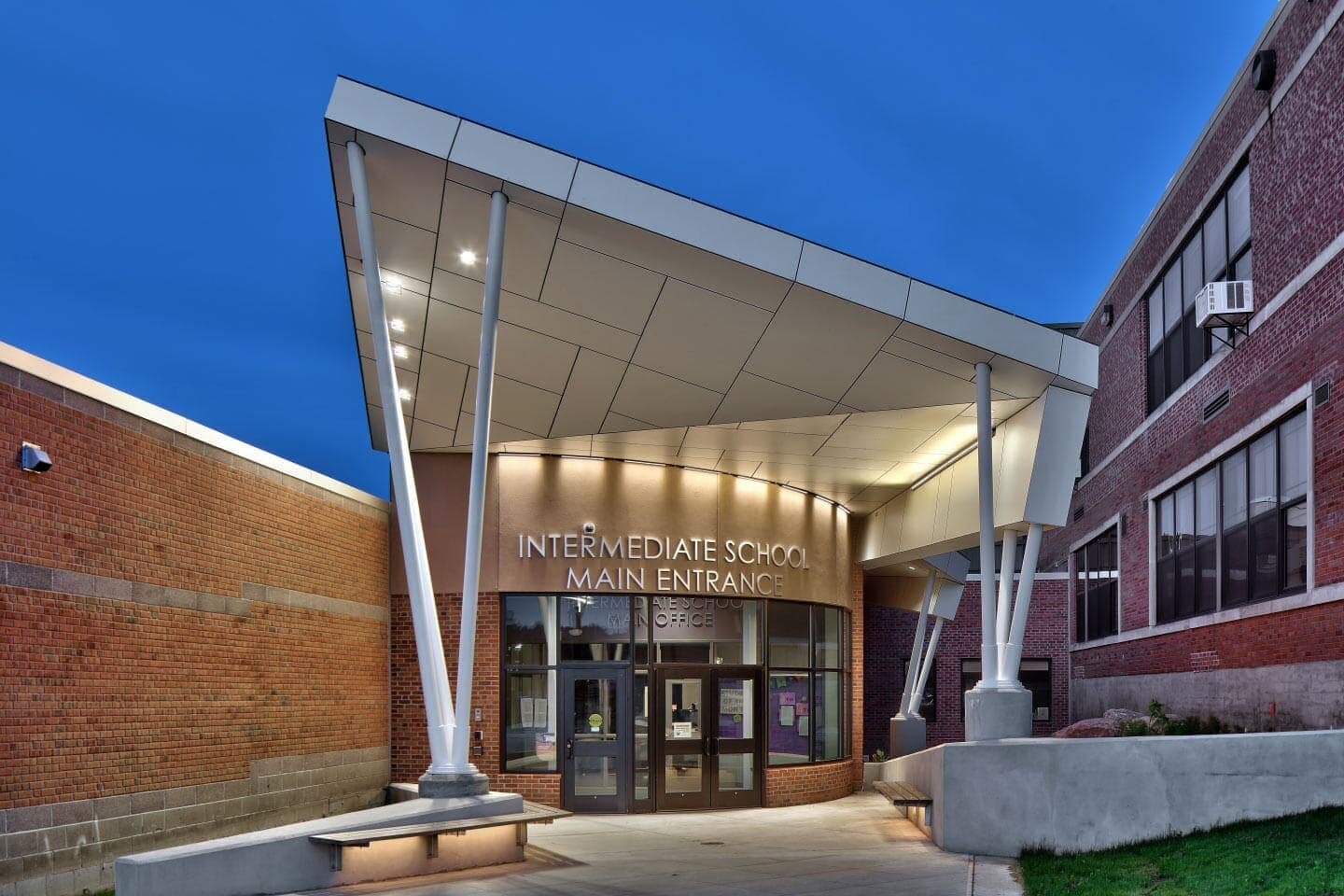DSA Solutions
DSA Approvals
As with any government approval, there are multiple steps required to get your project DSA approved. These forms must be correctly filled out, correctly addressed, and contain the proper information in order to accomplish the task that each form is intended to do. For these reasons, incorrect and erroneous paperwork is a large part of what causes delay in the plan check process.
DSA further requires that specific portions of the construction and materials are tested. Such testing must be witnessed by an approved testing laboratory, with special DSA approved inspectors observing.


How ASI Can Help
The Architectural Systems team is well versed in navigating the plan check process, which means that when it comes to getting your project plan DSA approved, the ASI team will ensure the process is smooth and efficient.
We will work with you through consulting, design assist, engineering, and of course navigating tricky approvals such as DSA and OSHPD/HCAI. Give us a call today or send an email to our team with your education project, and see what ASI can do for you!
Frequently Asked Questions
DSA is an acronym which stands for Division of the State Architect. The Division of the State Architect has offices throughout California, but the main office is in Sacramento. According to dgs.ca.gov, the DSA provides design and construction oversight for K-12 schools, community colleges, and various other state-owned and leased facilities.
In simpler terms, the main reason that DSA exists is to ensure that California’s educational facilities (and other structures as outlined above) are being constructed within specific guidelines regarding structural safety, fire and life safety codes, and accessibility. Building in modern times also requires building with COVID-19 safety in mind.
It means that when you begin to build an educational facility within the state of California, your plans will need to be submitted for DSA review prior to obtaining approval to begin building. The DSA also tracks this plan review process and certifies your project plans when approved.
According to DSAinspectionresource.com, “Failure to obtain timely DSA final certification is one of the most common and worrisome issues in public school construction.”
The common misconception that DSA approval takes years to navigate is certainly untrue, but it does take a dedicated and focused effort in order to clear inspection and meet the various requirements in an efficient manner.
Educational facilities come in many shapes, sizes, and types, and the DSA breaks up project types into four classes, generally in order from largest to smallest.
Class 1 involves typical high schools and community colleges, and a class 1 inspector can inspect and school or community college project.
Next is class 2, which includes elementary schools as well as some middle schools and additions. Class 2 inspectors can inspect class 2 projects as well as class 3 and 4 projects.
Class 3 encompasses small additions under two thousand square feet (wood frame only), and modernization or alteration projects. These inspectors can only inspect class 3 or 4 projects.
Finally, class 4 includes factory built, single-story portable projects. Class 4 inspectors can only inspect class 4 projects.
When an architect is looking to incorporate a product or element into the architectural plans or the design of a project, they must include a high level of detail so that everyone is clear on exactly how the component is to be used on the building.
Sometimes, due to time constraints or other limitations such as variations in manufactured items, proper detailing cannot be completed on architectural plans, and these items are marked for deferred approval. This means that these items need a secondary review by the enforcement agency, pending selection of an approved manufacturer.
When deferred plans are approved, they are stamped by an architect or engineer, with clear notation that they are deferred approval items. For more information on how to navigate the process of deferred approval, contact us and we’ll be happy to help.
The technical elements required for deferred approval are often difficult to interpret. When the DSA requires deferred approval for an item, such item is listed on the cover sheet of the drawings. This means that the architect and the DSA team needs to spend further time in the process of approving the deferred items. This can be a time-consuming process, but fortunately this is where ASI can assist.
